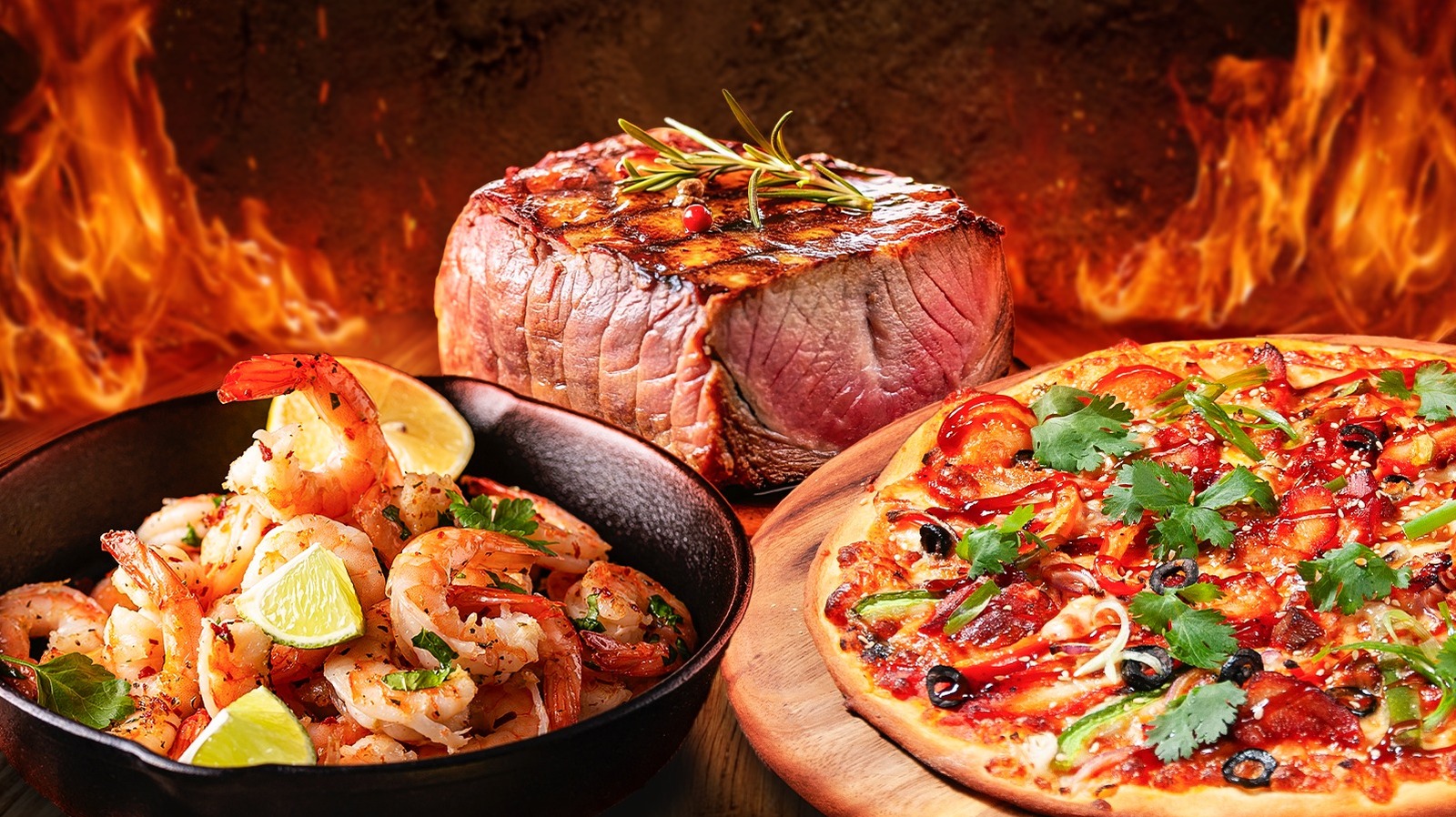
"We may receive a commission on purchases made from links. Culinary school is a weird mix of drudgery and information overload. On the one hand, aspiring chefs still have to toil through the traditional skill-building exercises, like endlessly turning round vegetables into square cuts. On the other hand, they're also drilled endlessly on sanitation and food safety, culinary history, and the food science that underpins so much of that traditional lore."
"Let's start with pizza. It's a good example, partly because of its universality and high-heat requirements. There are "topped flatbreads" made throughout Italy, but the most influential version is the classic Neapolitan pizza. It's so iconic that it has a legal definition. The Neapolitan is a thin-crust pizza that requires the searing heat of traditional wood-fired ovens (up to 900 F, according to legendary NYC pizza master Anthony Mangieri) to blister and puff the crust's edge, as well as melt the cheese and brown the sauce."
Culinary training combines repetitive skill-building with instruction in sanitation, food safety, culinary history, and food science. Matching foods to appropriate cooking methods is a core focus, including decisions between high-heat and low-and-slow techniques. Many foods do not require high heat, but certain preparations depend on searing temperatures to develop crust, blistering, and Maillard reactions. Neapolitan pizza specifically needs the searing heat of wood-fired ovens—up to 900 F—to blister and puff the crust edge, melt cheese, and brown sauce. Commercial pizza ovens generally operate between 500 F and 900 F, and thicker, heavily topped pizzas require longer cooking times at lower temperatures.
Read at Tasting Table
Unable to calculate read time
Collection
[
|
...
]